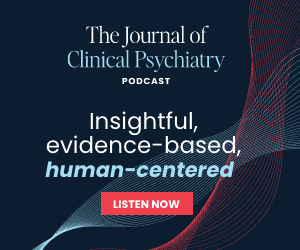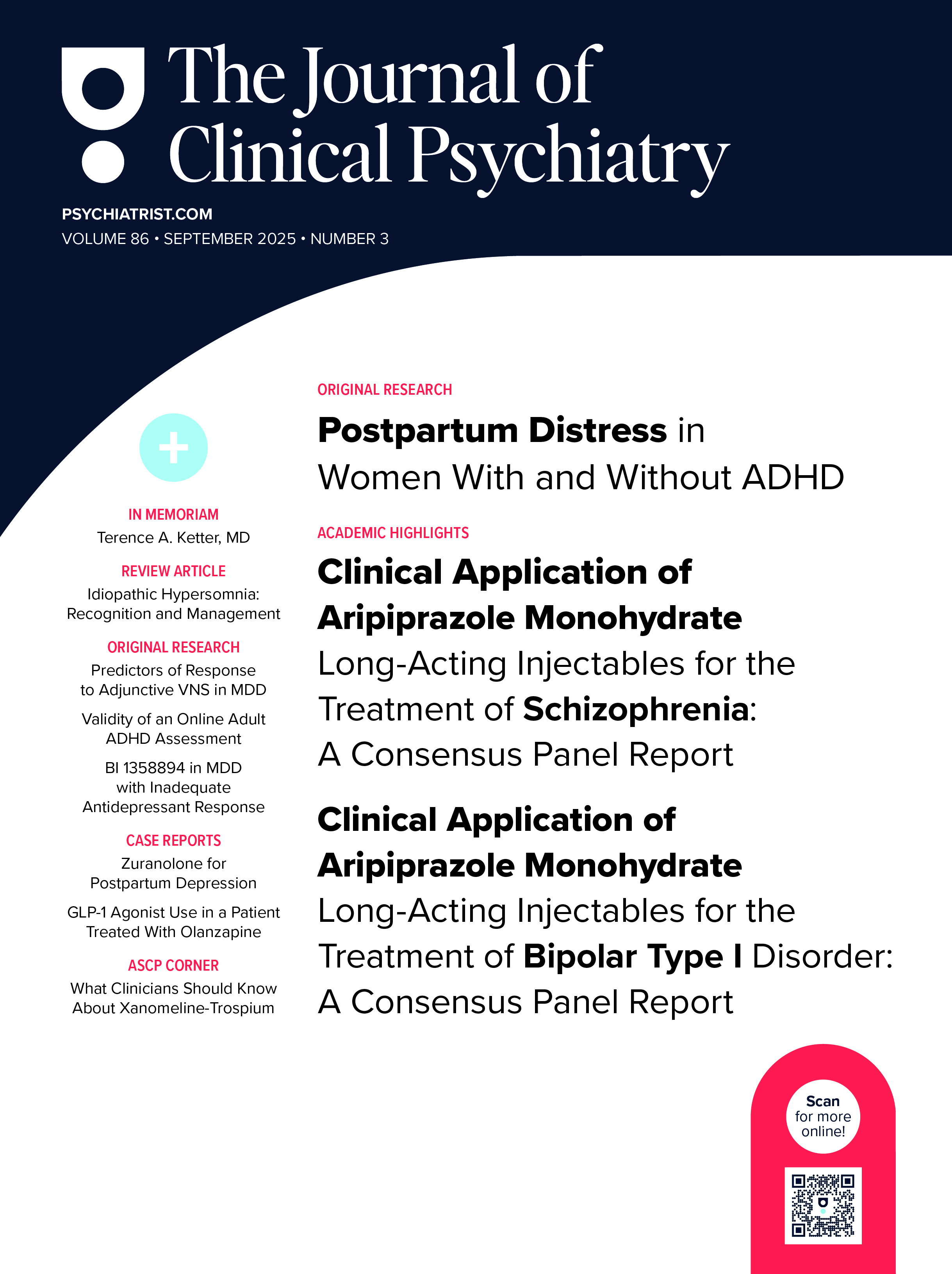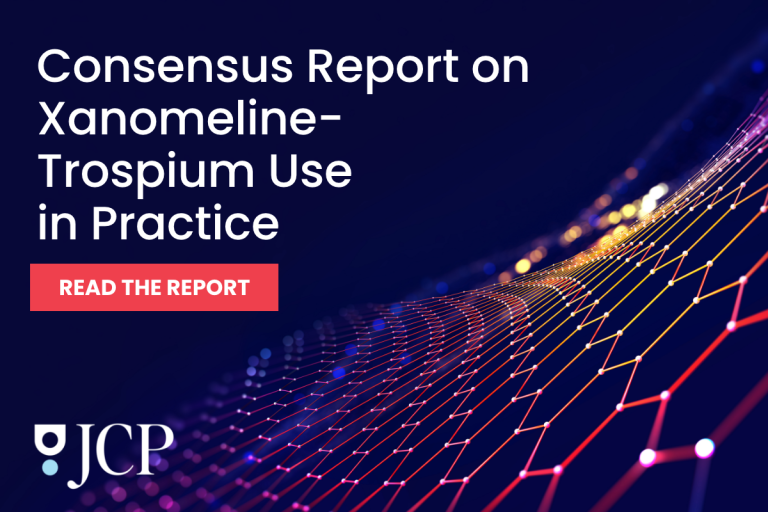Objective: To evaluate the prevalence and the predictors of depressive switch in patients with bipolar I disorder (BD-I) requiring the initiation or change (but not a dose change) of treatment with oral antipsychotics or mood stabilizers for mania or mixed-mania.
Methods: This was a 3-month, prospective, noninterventional study conducted in 34 Italian psychiatric centers from April 2012 to April 2013. The study sample comprised 234 patients aged 18 years or older presenting with a manic episode according to DSM-IV-TR criteria. Patients were assessed at baseline and at follow-up visits by a variety of measures, including the Clinical Global Impressions scale for use in bipolar illness (CGI-BP). The primary outcome measure was depressive switch, which was defined a posteriori on the basis of a Montgomery-Åsberg Depression Rating Scale total score ≥ 15 and a Young Mania Rating Scale total score < 10 at week 12. A stepwise backward logistic regression model was used to explore the effect of clinical variables on the occurrence of depressive switch.
Results: According to the definition used in this study, 26 (11.1%) of 234 patients switched to depression. The variables associated with a depressive switch were prescription of both first- and second-generation antipsychotics (P = .017), depressive-predominant polarity (P = .012), CGI-BP total score at baseline evaluation (P = .024), depressive temperament (P = .063), and age at evaluation (P = .020).
Conclusions: Depressive switch was observed in about 1 of 10 of the BD-I patients. Our results suggest an association between the depressive switch and treatment with both first- and second-generation antipsychotics, depressive-predominant polarity, greater severity of the symptomatology, and older age at evaluation. Further randomized controlled studies are needed to confirm possible predictors of a depressive switch during mania.
Members Only Content
This full article is available exclusively to Professional tier members. Subscribe now to unlock the HTML version and gain unlimited access to our entire library plus all PDFs. If you’re already a subscriber, please log in below to continue reading.
Please sign in or purchase this PDF for $40.00.
Already a member? Login





